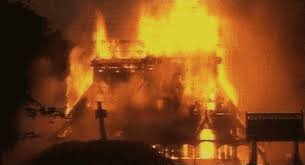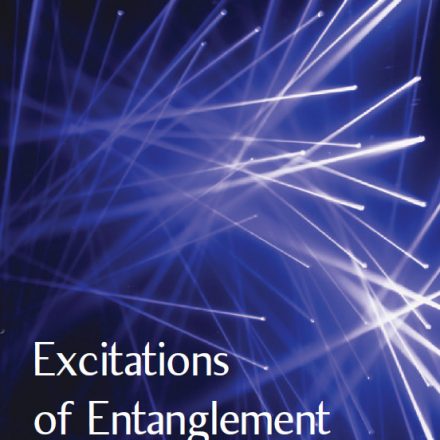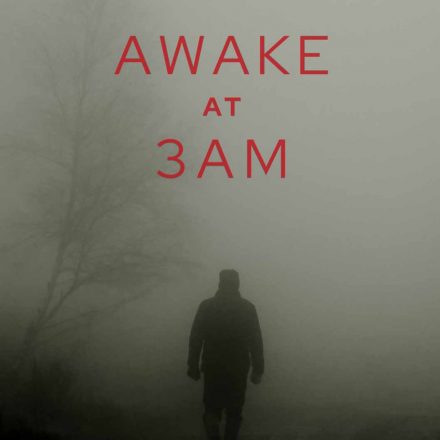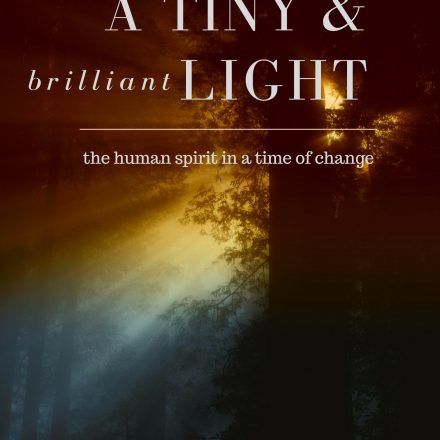It’s always distressing to witness a church building on fire, especially when it’s heritage-listed. This was the case in Brighton, Melbourne yesterday when St James Catholic Church was gutted by a suspicious fire in the early morning. Parishioners were understandably upset but as the charred remains settled, another disturbing story soon emerged. This church was the location for child abuse carried out by notorious paedophile priest, Fr Ronald Pickering from 1978 to 1993. According to research by Monash University’s law faculty, at least five people killed themselves after being sexually abused by Pickering between 1960 and 1980. Where were the all Catholics, beating down the doors of the churches demanding justice for ruined lives then?
While the Royal Commission into Child Abuse continues its ghastly work, the full extent of abuse in Australian institutions has yet to be fully revealed but there’s sufficient evidence so far to demonstrate that the Catholic Church (along with other major institutions) was more concerned at the time with its own prestige and reputation than the lives of those in its care. You only have to read ‘Hell on the Way to Heaven’, a first-hand account of the abuse of two daughters of the Foster family in Melbourne by another paedophile priest to have some understanding of how lives can be ruined. In 2012 police reports detailed the suicides of at least forty people sexually abused by Catholic clergy in Victoria, particularly in Ballarat and Geelong.
As recently as yesterday the ABC’s ‘Australian Story’ recalled the untimely death of Rugby League star Peter Jackson, from a drug overdose brought about by childhood molestation in a Catholic school. Of course it’s all too easy to merely list a litany of abuse stories and not ask why these events were allowed to happen in a Christian institution.
A new ugliness opened up recently when the current Archbishop of Adelaide, Philip Wilson was charged with concealing sexual abuse. It remains to be seen whether he will be convicted but there is evidence in other districts of paedophile priests being moved from parish to parish to avoid detection and to continue their rampages; power being misused. The prestige and reputation of the Church had to be preserved above all else. I myself experienced the clerical elitism of the Church, a priest’s sense of entitlement as someone ‘in the world but not of the world.’ It’s likely that the recommendations of the Royal Commission will soon bring the Church kicking and screaming into the real world after all.
It’s disappointing that there has not yet been an overwhelming revolution in the pews of the churches over clerical sexual abuse. If the church was a listed company with a CEO, by now there would have been an internal investigation to get to the bottom of this endemic abuse. Why are parishioners generally placid about a church which has been totally discredited in the eyes of the community? A church building is stone and mortar and of minor importance compared with young lives.
I don’t condone the burning down of churches which are the sites of clerical abuse; destroying the sites of crimes is no solution. I do understand that an individual, whose life has been ruined on that site, might be driven to do so. Damage to buildings is pointless; damage to human beings is much more difficult to heal. It’s true that the Church’s Truth and Justice Commission has done enormous work so far in correcting mistakes and supporting survivors.
The recommendations of the Royal Commission when they are released may give all religious and state institutions the opportunity to make some recompense and to see individual lives as superior to an organisation’s reputation.

























Thanks Ian for your (once again!) thoughtful comments. I do agree that those who can should work for change from inside. Maybe some of us are not patient enough. A priest friend of mine recently shared his optimism over the appointment of Pope Francis and there are certainly good signs here. let’s hope for some real changes.
Thanks John for giving us a context, perhaps a/the explanatory context for this fire, which saddened me also because the church was an old, heritage-listed building.
One of the reasons Catholic parishioners appear to be “generally placid about a church which has been totally discredited in the eyes of the community” is that, in Australia as in most of the OECD nations, those who are not placid have generally walked, with something like 86% of ‘census Catholics’ in Australia no longer regularly attending church services.
As a liberal-minded Catholic who has not walked yet, I have found something of a hostel, if not fully a home, in the web-site “Catholica” who occasionally provide updates on the increasing proportion of Catholics who are now only nominal. As I shared with a secular Jewish friend the other day, I still attend on the High Holy Days, which is pretty much level with his attendance at synagogue, despite his preference to describe himself as secular, while I describe myself as liberal. Yes, he has cultural reasons to participate.
Your reference to the ABC ‘Australian Story’ the other night, “Teaching Miss Siobhan”, reminds me how I felt a shock of disappointment when we, the audience, learnt that her late husband’s decline into eventual suicide was precipitated by abuse in his childhood, by one of the most notorious Catholic cleric paedophiles in Australia. It seems that for a long time yet, this pall of sickness will continue to hang over the Catholic Church in Australia and most other Western nations.
One of the reasons I haven’t walked yet is that I believe change can only come from the inside, responding positively to beneficent external stimuli. And, while I might yet be proven over-optimistic, I think change will be through the work of those theologians and commentators who have held on despite the bans and silences imposed on them by the Vatican old-guard over the last fifty years. And their ideas need the backing and support of as many among the 14% who still count themselves in, a minority within a minority, who are willing and able to provide some support.
Cheers,
Ian
Thanks Maurice for pointing out what is sometimes forgotten, that it’s easier to report on the sensationalist aspects of these crimes rather than the attempts to make redress.
People within the Church are well aware how the Church is facing its dark past in relation to sexual abuse of children. The Church through its Truth and Justice Commission has done enormous work in correcting the mistakes, supporting survivors, setting in place restitution (which the government is refusing to be part of, even though abuse took place in government institutions as well). The protocols for staff in ALL Catholic organisations, the children protection programmes, renewed every three years, and the police checks and protocol formation for ALL vulunteers – even those who cut the lawns of churches, has been firmly in place for several years. The past is horrible, a huge injustice. Unfortunately people not in contact with parish, school or welfare aspects of the Church are unaware of the work and programmes in place. The media rarely reports ‘good news’ from the Church.